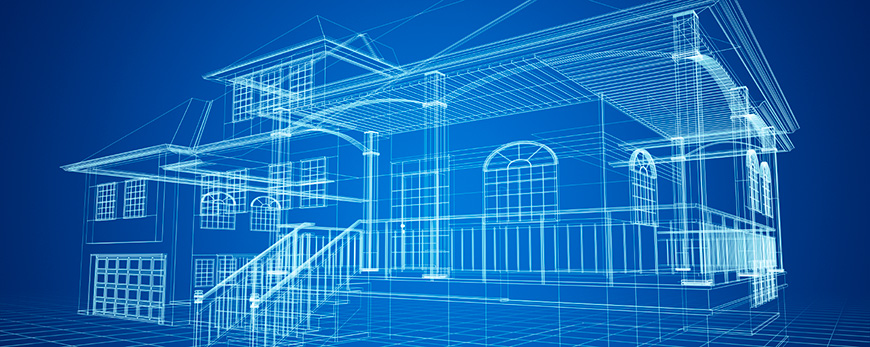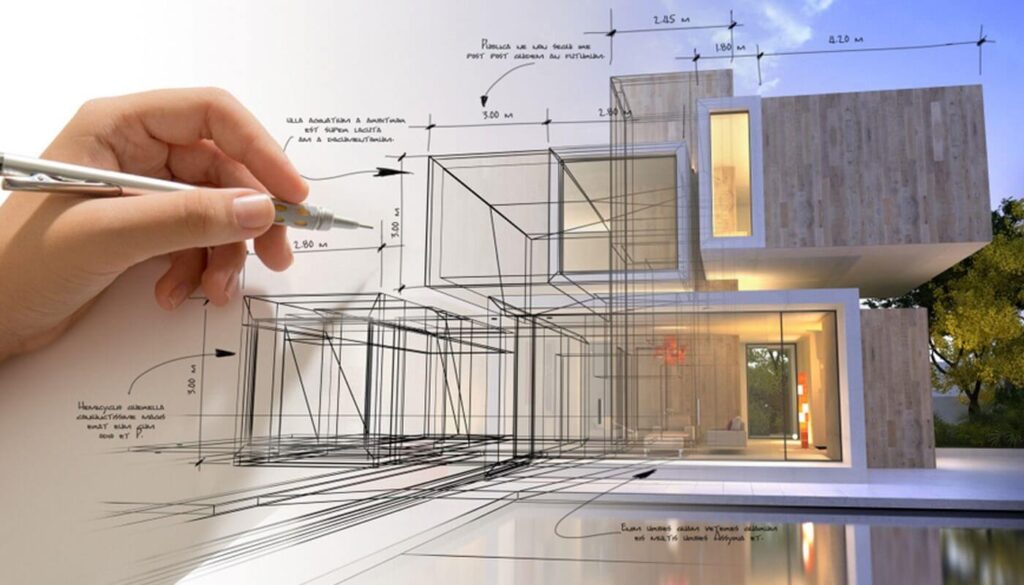A Detailed Overview of Architectural Styles and Their Influence on Modern City Preparation and Advancement
Building designs have actually long acted as a mirror to the social worths and technical innovations of their time, playing an essential role in shaping contemporary city planning and development. From the splendour of Neoclassicism to the utilitarian method of Brutalism, each style has introduced unique concepts that affect city aesthetics and functionality. As modern obstacles emerge, consisting of sustainability and neighborhood requirements, comprehending these historical structures comes to be crucial. The resulting discussion not only notifies future design techniques yet also raises relevant inquiries concerning the equilibrium between heritage and innovation in our advancing city landscapes.
Historic Overview of Architectural Styles

As societies transitioned via the Center Ages, Gothic design emerged, characterized by its verticality and intricate describing, matching the spiritual goals of the era. The Renaissance noted a resurgence of classical ideals, combining art and design in innovative means that affected subsequent designs across Europe.

Today, architectural designs remain to develop, driven by globalization and sustainability problems, reflecting a vibrant interaction between heritage and advancement. This historic summary highlights the value of architecture as a mirror of social advancement and as a catalyst for metropolitan growth.
Trick Architectural Styles Explained
The diversity of architectural designs mirrors the myriad impacts that shape our built atmosphere, each personifying distinctive characteristics and cultural relevances. Trick building designs consist of Classical, Gothic, Baroque, Modernism, and Postmodernism, each representing special historic contexts and visual ideologies.
Timeless style, rooted in ancient Greece and Rome, emphasizes symmetry, proportion, and the use of columns (cda architects). In contrast, Gothic design, growing in the center Ages, is characterized by pointed arcs, ribbed vaults, and flying buttresses, producing a spiritual high quality in basilicas. Baroque architecture, emerging in the 17th century, is marked by splendour, sophisticated embellishment, and a dynamic interaction of light and shadow
Modernism, which gained momentum in the very early 20th century, focuses on feature over type, using new materials like steel and glass to create minimalist frameworks. Postmodernism, responding against the austerity of Modernism, embraces eclecticism and historic referral, usually including spirited aspects and irony.

Influence On Urban Planning
In shaping the advancement of cities, architectural designs dramatically affect urban planning decisions. The choice of architectural style usually dictates the visual appeals, performance, and total personality of urban atmospheres.
Furthermore, building designs can influence zoning laws and land use policies. Urban planners must consider the prevailing architectural trends when designing districts, ensuring that new developments harmonize with existing frameworks. This factor to consider cultivates natural metropolitan landscapes and improves neighborhood identity.
The implementation of specific architectural designs can additionally influence socioeconomic elements within a city. Premium contemporary layouts might attract wealthy citizens and companies, leading to gentrification, while much more affordable real estate services might focus on practical and sustainable designs to suit diverse populaces. cda architects. Eventually, the interaction between architectural designs and urban preparation develops dynamic cities that mirror both historical context and modern requirements, forming the lived experiences of their occupants
Sustainability and Modern Architecture
Building designs play an essential role in attending to contemporary difficulties, particularly in the world of sustainability. As urban areas increase and environmental problems heighten, modern-day design significantly embraces lasting layout principles that focus on power efficiency, source preservation, and minimal eco-friendly impact.
Contemporary architectural activities, such as biophilic design and eco-friendly go to my site style, supporter for structures that balance with their environments, utilizing natural products and advertising biodiversity. These designs frequently integrate renewable resource resources, such as photovoltaic panels and wind turbines, to decrease reliance on nonrenewable fuel sources and lower carbon impacts.
Furthermore, the assimilation of advanced modern technologies, such as smart building systems, improves energy monitoring, maximizing resource usage while guaranteeing passenger convenience. Cutting-edge water monitoring strategies, including rainwater harvesting and greywater recycling, additional add to sustainable metropolitan atmospheres.
Notably, sustainability extends past ecological problems; it incorporates social and financial measurements. By cultivating area health and advertising inclusivity, contemporary architectural styles align with sustainable growth objectives. The evolution of building methods continues to form resistant cities that not only meet the demands of the existing however also safeguard the future for generations to come.
Area Interaction in Design
Area interaction in design acts as a crucial bridge in between designers and the populations they offer, making sure that the built setting shows the needs and desires of its individuals. This collaborative procedure invites area members to add their understandings and preferences, cultivating a sense of possession and responsibility towards the spaces they live in.
Efficient community interaction employs different methods, such as workshops, studies, and public forums, to collect diverse point of views. These approaches assist in a two-way dialogue, permitting architects to comprehend neighborhood contexts while equipping homeowners to voice their problems and desires. This inclusivity not just enhances the design high quality however additionally advertises social equity by dealing with the unique challenges faced by marginalized groups.
Furthermore, area engagement can bring about innovative options that could not emerge in a standard layout process. By integrating regional expertise and cultural values, designers can develop rooms that resonate more deeply with individuals, enhancing functionality and sustainability. Inevitably, focusing on community engagement in style procedures causes settings that support social interactions, support well-being, and enhance neighborhood connections, consequently playing a Home Page crucial role fit modern urban landscapes.
Final Thought
Building styles have greatly affected modern city preparation and growth, showing evolving social and technical contexts. As cities continue to expand and adjust, the ongoing discussion in between architectural heritage and modern-day style principles will certainly stay essential in developing inclusive, vibrant rooms that enhance top quality of life and promote social equity.
Comments on “Elevate Your Building Layout with the Expertise of CDA Architects”